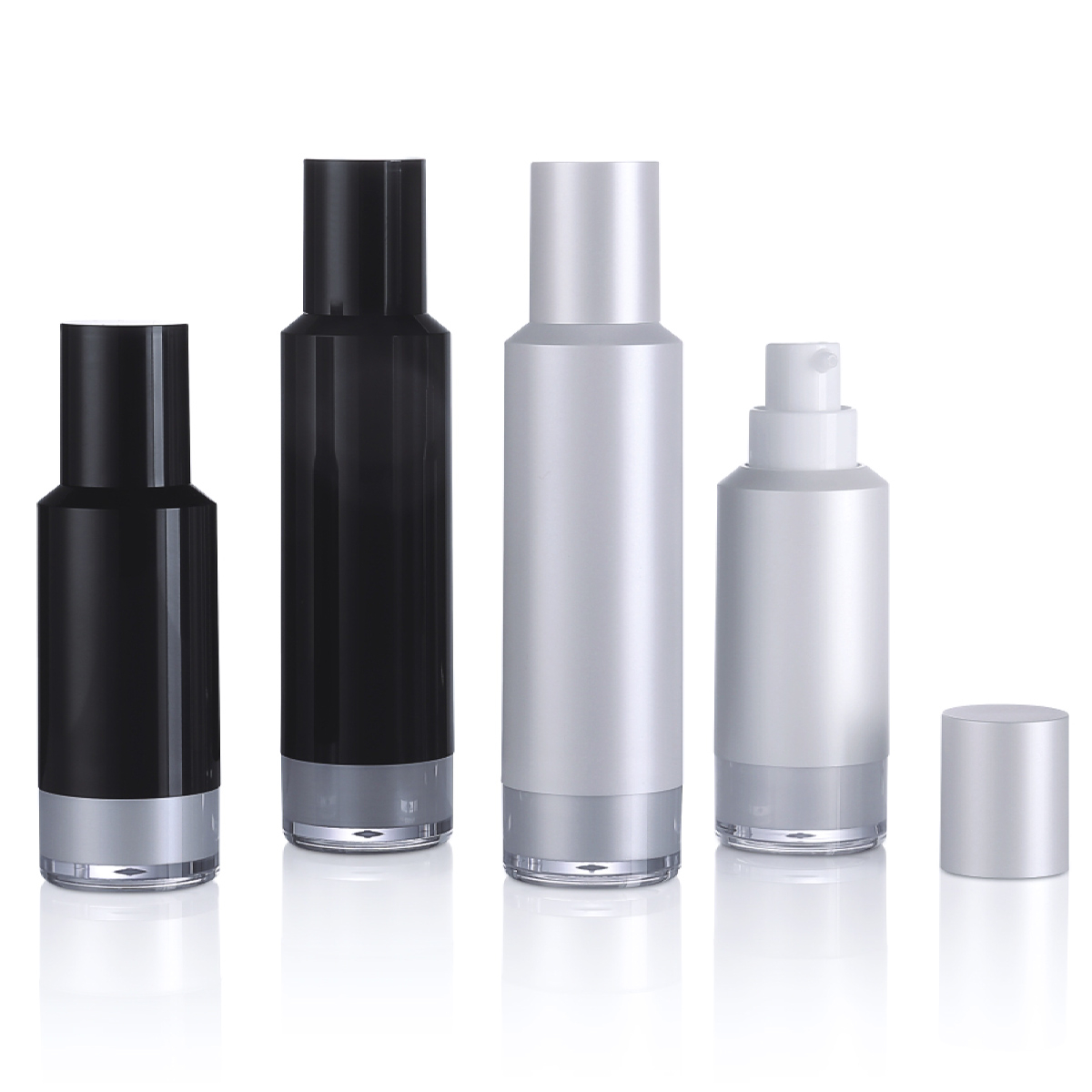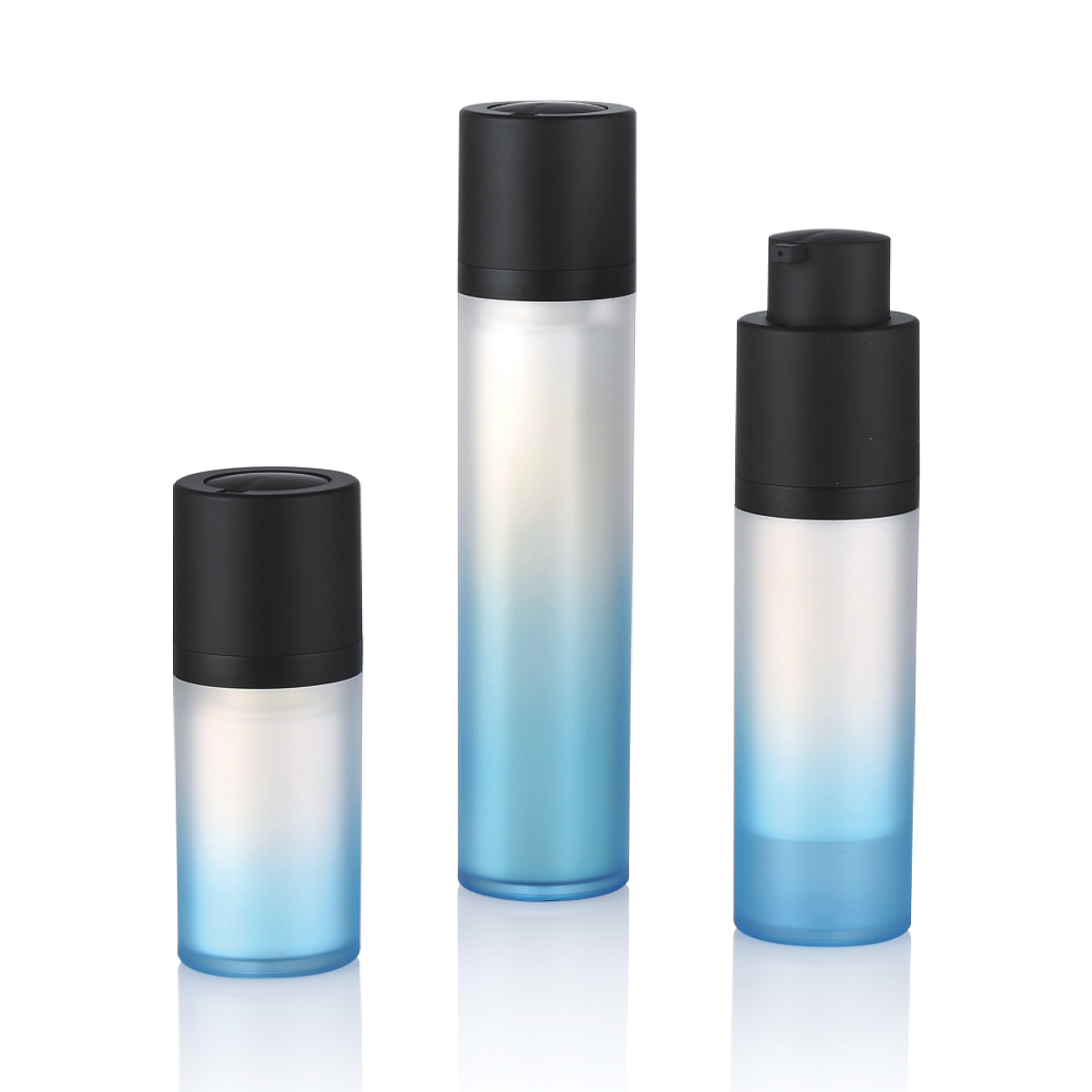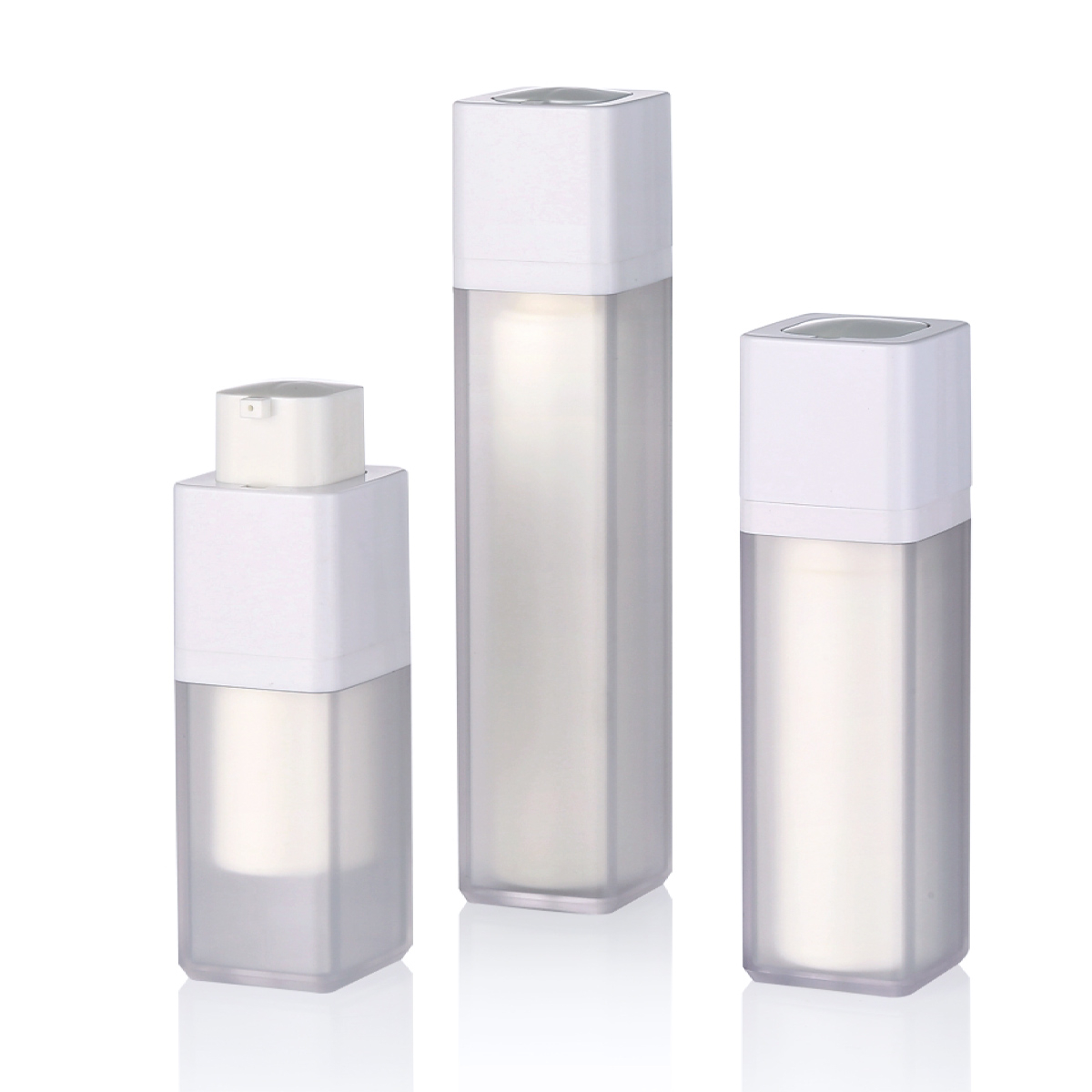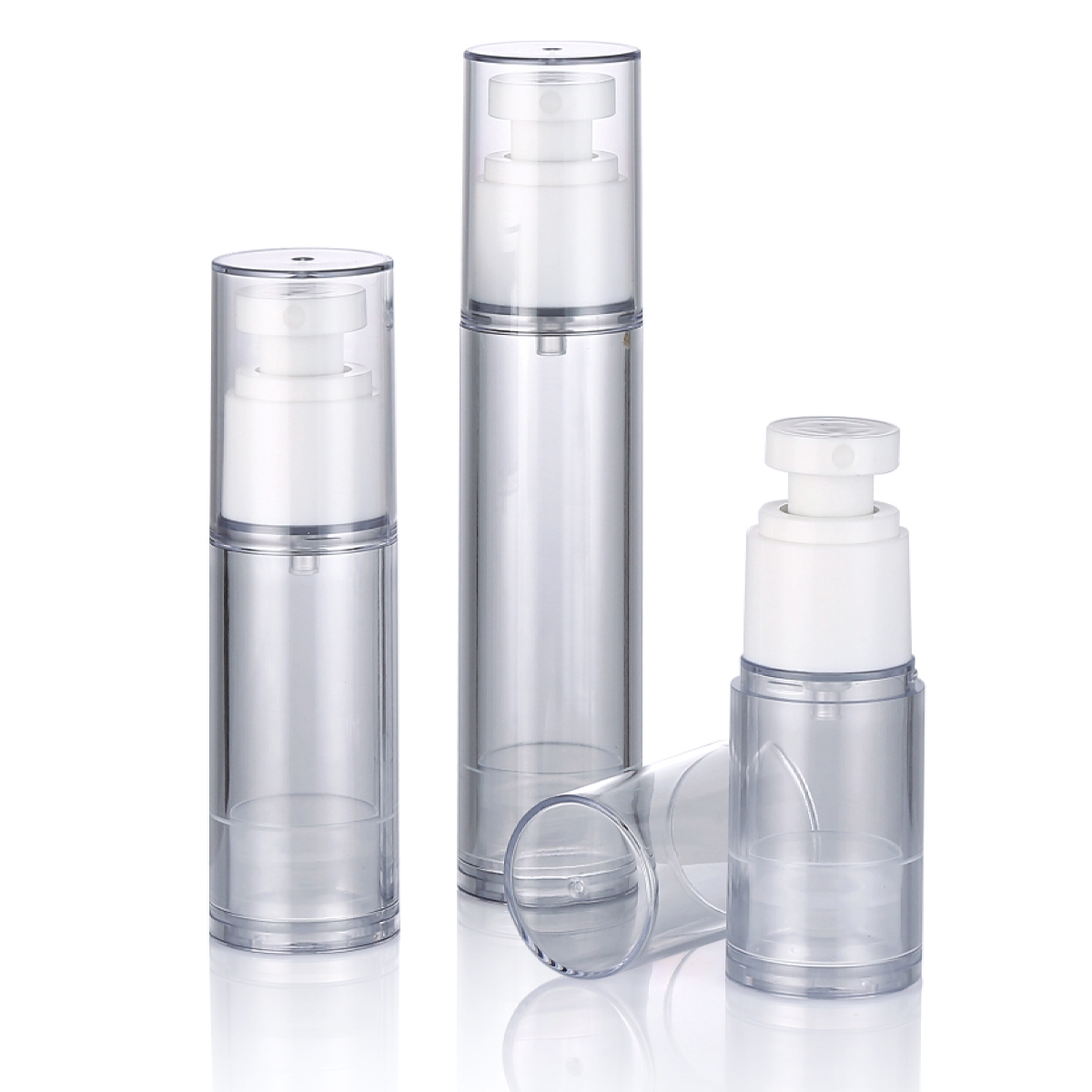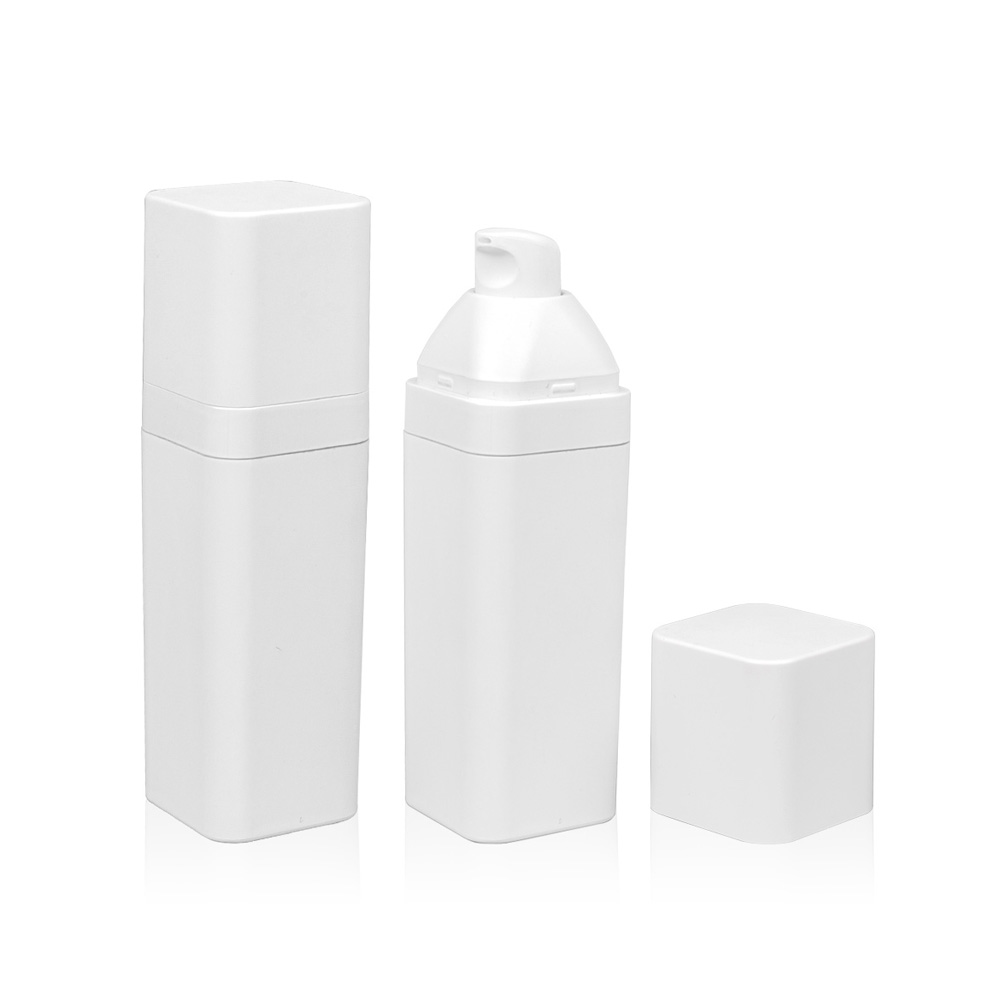Airless Bottle technology has gained prominence for its efficacy in preserving sensitive cosmetic, pharmaceutical, and skincare formulations by preventing air exposure and contamination. As sustainability becomes paramount, a critical question arises: Can the materials used in Airless Bottles be recycled?
The answer is nuanced and depends heavily on specific design, material choices, and local recycling infrastructure. Here’s a breakdown of the key factors:
Material Composition is Paramount:
Primary Container (Bottle/Container Body): Most modern Airless Bottles utilize Polypropylene (PP) or Polyethylene (PE) for the main container body. Both PP (#5) and PE (#2 HDPE, #4 LDPE) are widely accepted recyclable thermoplastics.
Piston/Internal Mechanism: This component, crucial for dispensing product without air ingress, is almost universally made from PP or PE to ensure compatibility with the container material and smooth movement. This enhances recyclability potential.
Pump Assembly: This is the most complex part regarding recycling:
Pump Housing/Collar: Often made from PP or PE.
Spring: Typically stainless steel (recyclable, but may separate during processing).
Other Components: May include small parts like a ball bearing (stainless steel), gaskets (often silicone or EPDM rubber – problematic for recycling), and the actuator/stem (often PP or Acetal/POM - POM is generally not recyclable curbside).
Overcap: Usually PP or PE.
The Critical Challenge: Disassembly and Separation:
An Airless Bottle is a multi-material assembly. For successful recycling, the different material components must be separated.
The pump assembly, containing metal springs and potentially non-recyclable plastics or elastomers (gaskets), is the primary obstacle. If left attached, these components contaminate the PP or PE stream.
Permanent adhesives or intricate assembly mechanisms can make consumer disassembly difficult or impractical.
Key Point: While the primary container material (PP/PE) is technically recyclable, the assembled product may not be accepted in standard curbside recycling programs due to the inseparable multi-material nature, particularly the pump.
Recycling Pathways and Best Practices:
Consumer Responsibility (Check Locally): Consumers should always consult local recycling guidelines. Some programs may accept the empty PP bottle body if the pump assembly is completely removed. Others may instruct disposal in regular waste.
Brand Responsibility (Design for Recycling):
Promote Disassembly: Design Airless Bottles where the pump easily unscrews or snaps off. Clear labeling instructing consumers to "Remove Pump Before Recycling" the bottle body is essential.
Material Simplification: Use PP or PE for all possible plastic components (pump housing, actuator) to create a mono-material system where feasible. Investigate PP-based spring alternatives.
Avoid Problematic Elements: Minimize or eliminate non-recyclable components like silicone gaskets (explore compatible thermoplastic elastomers - TPEs) or black pigments (which hinder optical sorting).
Partner with Specialized Programs: Explore take-back schemes or partnerships with specialized recyclers capable of handling complex packaging.
Certifications: Seek design validation from organizations like APR (Association of Plastic Recyclers) or RecyClass to ensure compatibility with specific recycling streams.
Current State and Future Outlook:
Currently, most complete Airless Bottles placed in curbside bins are likely sorted out and landfilled due to the inseparable pump assembly.
Recycling the separated PP/PE bottle body is possible and occurs where consumers correctly remove the pump and local programs accept the plastic type.
Significant industry effort focuses on "Design for Recycling" (DfR) principles. Innovations include mono-material PP pumps (eliminating metal springs and incompatible plastics) and easily separable designs. These advancements are improving the recyclability profile of Airless Bottles.
The Airless Bottle system itself presents recycling challenges primarily due to the multi-material composition of its dispensing pump and the necessity for component separation. The primary container material (typically PP or PE) is recyclable. However, successful recycling typically requires:
Consumer Action: Complete removal of the pump assembly before placing the clean, empty bottle body in the recycling bin (where accepted).
Brand Innovation: Continued commitment to designing Airless Bottles with easily separable components, mono-material construction where possible, and clear consumer instructions.
Infrastructure Support: Availability of recycling programs accepting the specific plastic type (#2 HDPE, #4 LDPE, #5 PP) and potentially evolving capabilities for handling more complex but designed-for-recycling assemblies.
Therefore, while the core plastic material of an Airless Bottle is recyclable, realizing this in practice hinges on design, consumer behavior, and local recycling capabilities. The industry is actively working on solutions to enhance the end-of-life sustainability of this valuable packaging technology.

 English
English 中文简体
中文简体 Español
Español عربى
عربى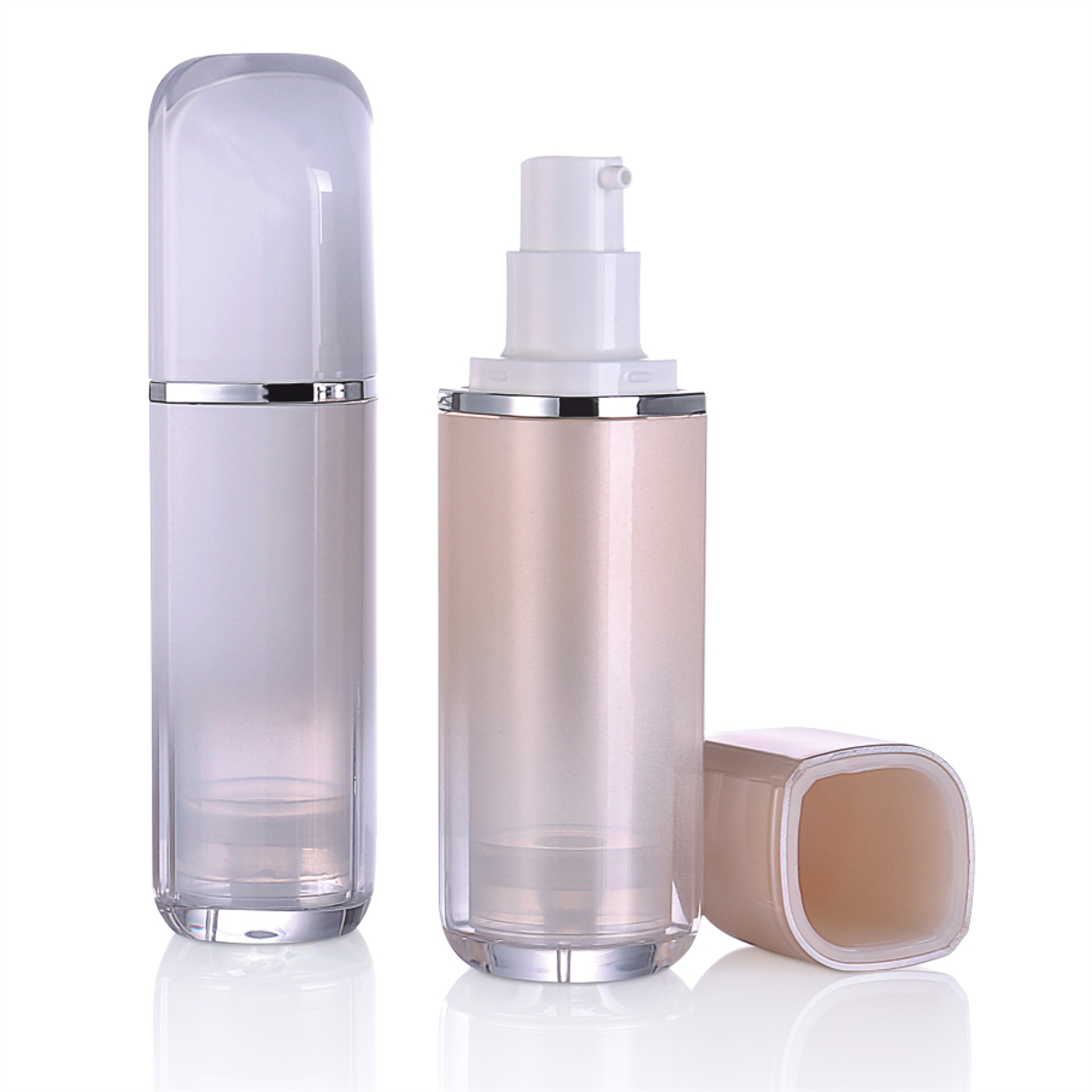
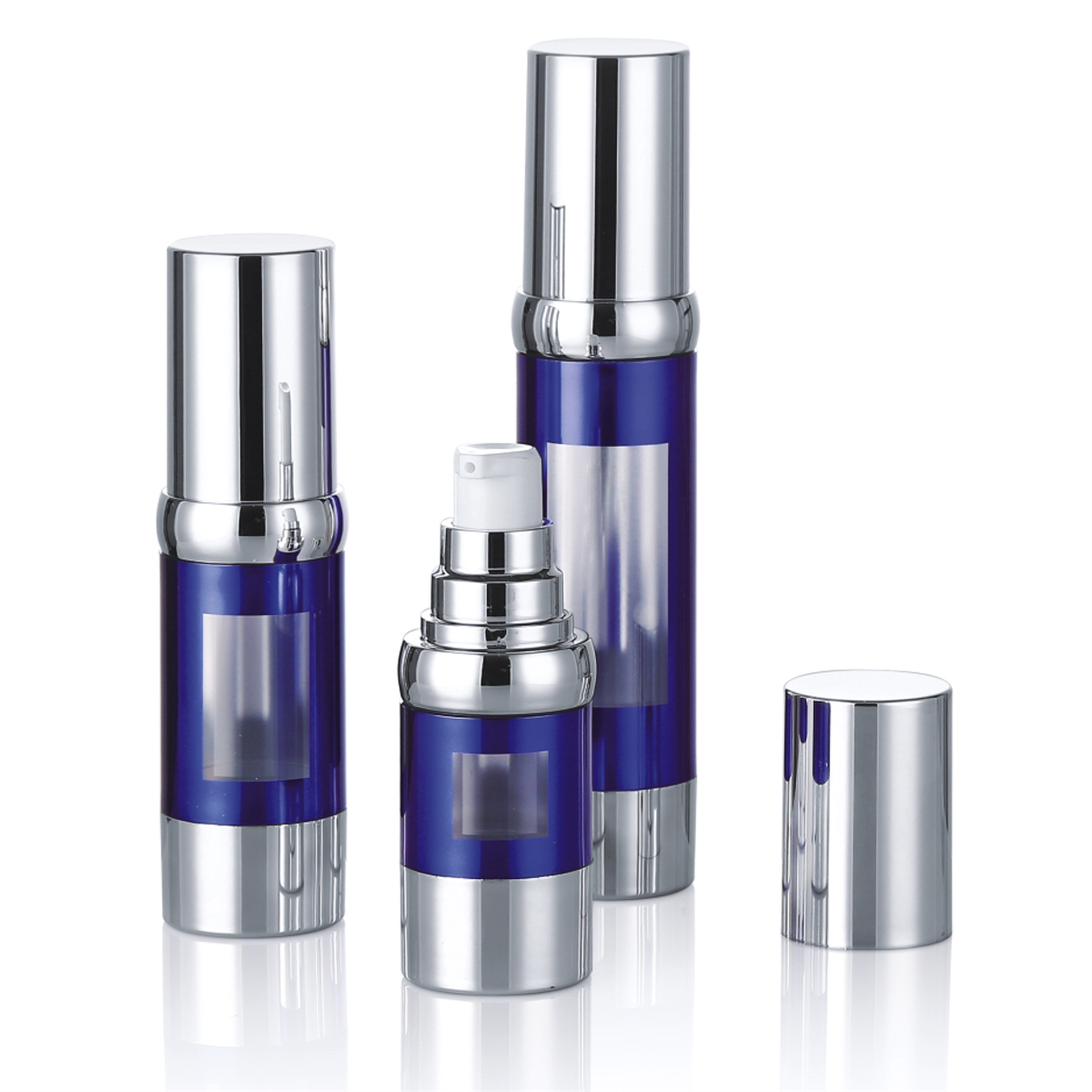
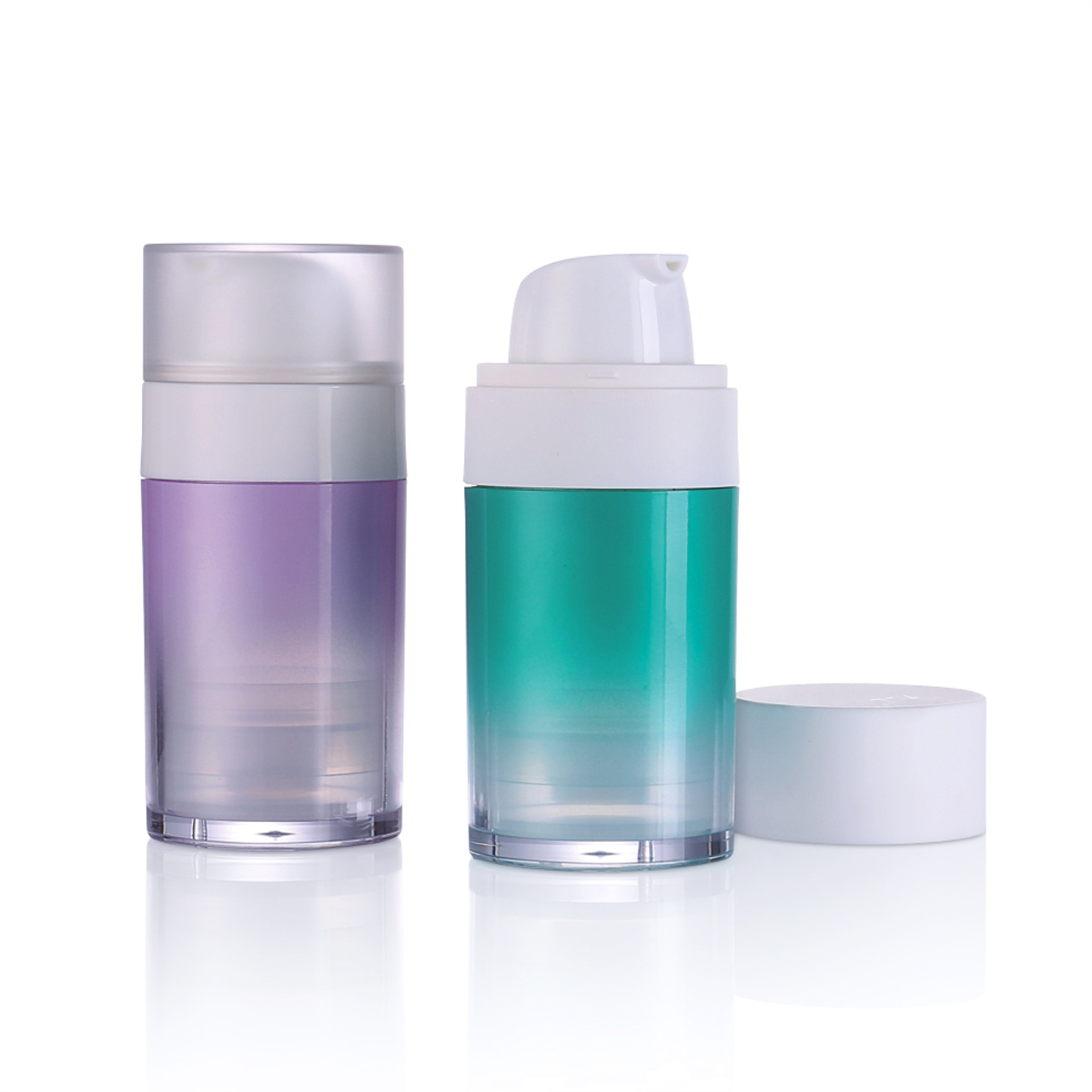
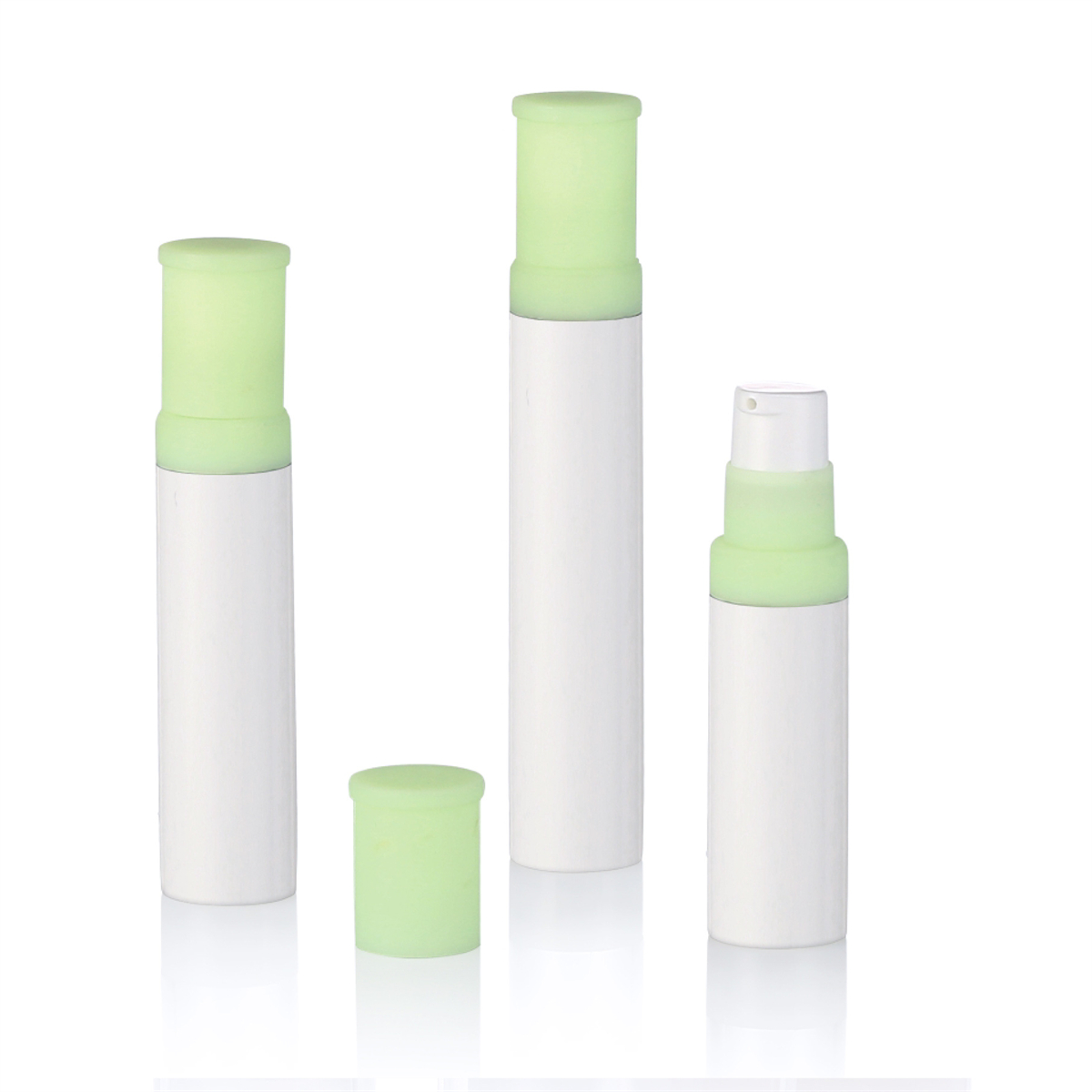
.jpg)
